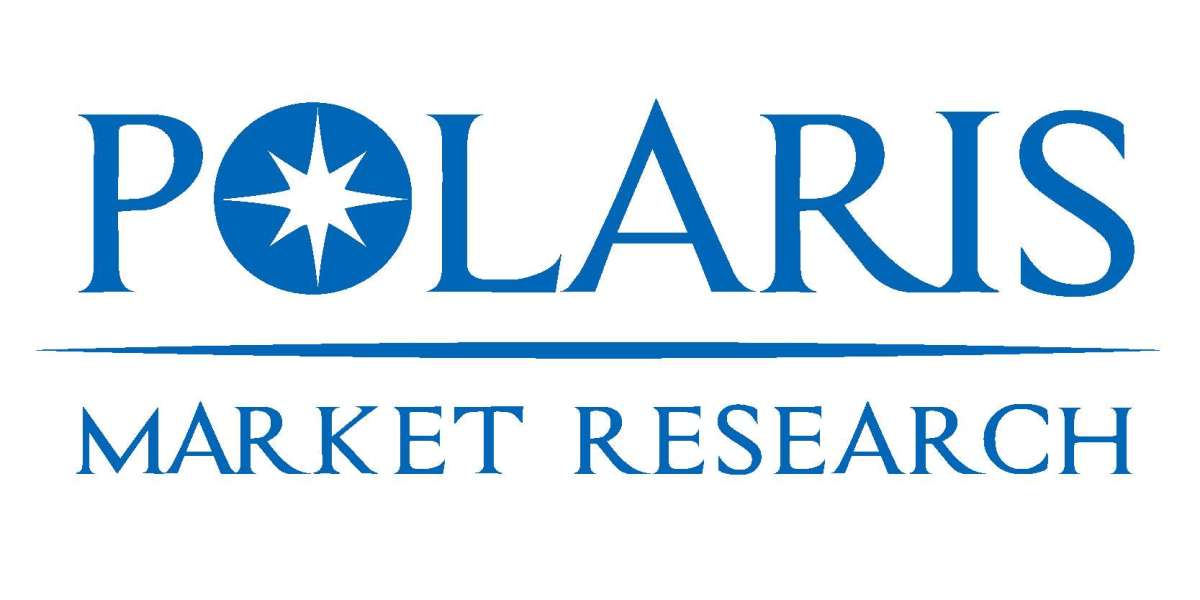As the digital landscape grows increasingly complex, web security becomes not just a necessity but a fundamental pillar of development. For any modern developer working with or seeking guidance from the Best Website Development Company in India, understanding the latest web security trends in 2025 is not optional—it’s essential.
The Rising Importance of Web Security in 2025
With billions of connected devices and exponential data exchange across networks, the attack surface for hackers continues to expand. In 2025, cybersecurity is not just a backend concern; it's deeply integrated into frontend, user interaction, API structures, and data workflows.
Web developers today must take a proactive approach in protecting user data, ensuring site integrity, and maintaining customer trust. Here are the most critical security practices and innovations that every web developer should understand and implement.
1. HTTPS is Non-Negotiable
Gone are the days when HTTPS was only necessary for e-commerce websites. In 2025, HTTPS is a basic standard. SSL certificates not only secure data transfer but also improve SEO and user trust.
Browsers now mark non-HTTPS websites as "Not Secure," which can scare away visitors. Additionally, many APIs and browser features only work with secure origins.
2. Zero Trust Architecture
Adopt the Zero Trust principle: "Never trust, always verify." This means every request must be authenticated and authorized, regardless of its origin. Implement multi-factor authentication, role-based access control, and session validation as part of your application design.
3. Secure Your APIs
As web applications become more API-driven, securing endpoints is critical. Use rate limiting, token-based authentication (like JWT), and implement API gateways that manage traffic and block unauthorized requests. Avoid exposing unnecessary data and services.
4. Real-Time Threat Detection
Integrate real-time security monitoring tools such as Content Security Policy (CSP), intrusion detection systems, and behavior analysis scripts. With AI-driven threat detection, you can anticipate and respond to attacks before they cause damage.
5. JavaScript and DOM Sanitization
One of the most common attack vectors is Cross-Site Scripting (XSS). Sanitize all inputs, especially when rendering user-generated content. Use libraries like DOMPurify to prevent injection of malicious scripts.
6. Cookie Security and SameSite Attribute
Use HTTPOnly, Secure, and SameSite attributes for cookies to protect sessions from hijacking. SameSite cookies in particular can prevent Cross-Site Request Forgery (CSRF) attacks by controlling when cookies are sent with cross-site requests.
7. Content Security Policy (CSP)
Implementing a robust CSP can block a significant number of attacks, especially XSS. Define trusted sources for scripts, styles, and media. CSP is now a default standard in most secure apps.
8. Security Headers Matter
Use HTTP security headers like:
X-Content-Type-Options
X-Frame-Options
X-XSS-Protection
Referrer-Policy
Permissions-Policy
These headers set the behavior boundaries of your application and are essential in locking down your site against browser-based exploits.
9. Keep Dependencies Updated
Outdated libraries and frameworks are a top security risk. Use tools like npm audit, Snyk, or GitHub's Dependabot to detect vulnerabilities early and keep packages updated.
10. Leverage WebAssembly Cautiously
WebAssembly (WASM) offers incredible performance but also introduces security risks if unmanaged. Always validate imported modules and avoid compiling insecure code. WASM in 2025 should be sandboxed and used with rigorous permissions.
11. Secure DevOps and CI/CD Pipelines
Security should be baked into your development lifecycle. Use secure pipelines that include vulnerability scanning, secrets management, and code linting. Infrastructure as Code (IaC) should follow the principle of least privilege.
12. Static and Dynamic Code Analysis
Use both static (SAST) and dynamic (DAST) analysis tools. SAST helps catch vulnerabilities during development, while DAST evaluates running applications for real-world issues.
13. Authentication Beyond Passwords
In 2025, biometric authentication and passwordless logins (like WebAuthn) are becoming more mainstream. For login systems, implement fallback measures securely and use encrypted tokens.
14. Education and Awareness
Even with all tools in place, the weakest link is still human error. Conduct regular security training for your team. Simulate phishing attacks and ensure your developers are aware of social engineering tactics.
15. Backup and Recovery Strategies
Accidents and breaches happen. Having a robust data backup and recovery strategy is a vital security layer. Use encrypted backups, perform regular tests, and keep off-site copies.
16. Regulatory Compliance
GDPR, HIPAA, CCPA, and other regulations evolve constantly. As a web developer, stay updated with compliance requirements to avoid hefty fines and legal trouble. Tools for automated compliance reporting are becoming standard in modern dev stacks.
17. Penetration Testing
Regular pen testing, either through automated tools or professional audits, helps simulate real-world attacks. The insight gained from these tests is invaluable for fortifying your application.
18. User Role Management
Clearly define and manage user roles. Ensure that users have access only to the data and tools necessary for their role. Role mismanagement is a frequent vulnerability in multi-user systems.
19. Secure Hosting Environment
Choose a host that prioritizes security. Ensure features like firewalls, DDoS protection, secure FTP access, and frequent software updates are in place.
20. Embrace Security by Design
Security should not be a patchwork addition but integrated from the ground up. Design your application architecture with security in mind—from authentication flows to session handling to error messages.
Conclusion
For any project seeking collaboration with the Best Website Development Company in India, implementing these web security practices is crucial. In 2025, securing your application is not a one-time task—it’s an ongoing responsibility. From understanding browser policies to securing your CI/CD workflows, every layer of development must be infused with a security-first mindset.
Ready to upgrade your web application’s security? Visit Dignizant Technologies and partner with experts who understand tomorrow’s security challenges—today.



